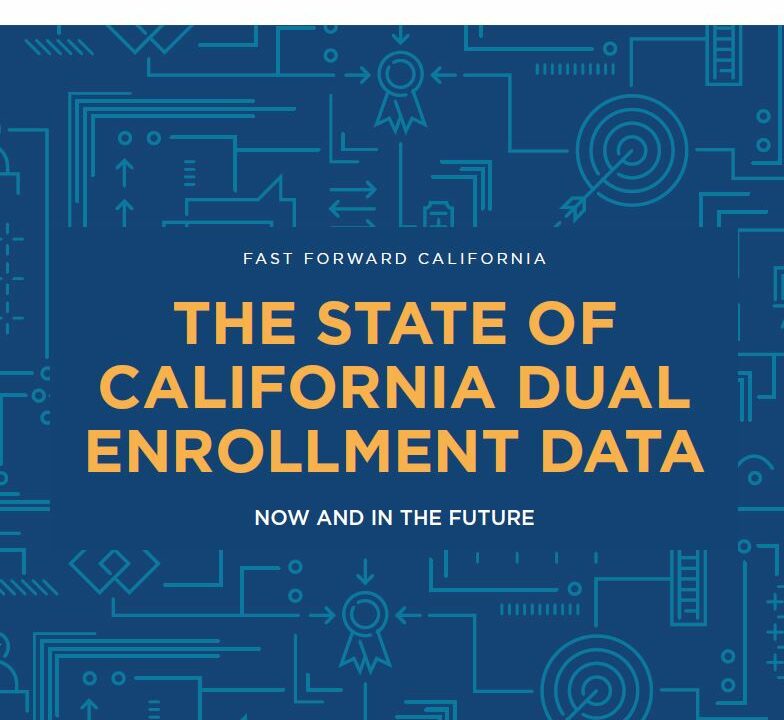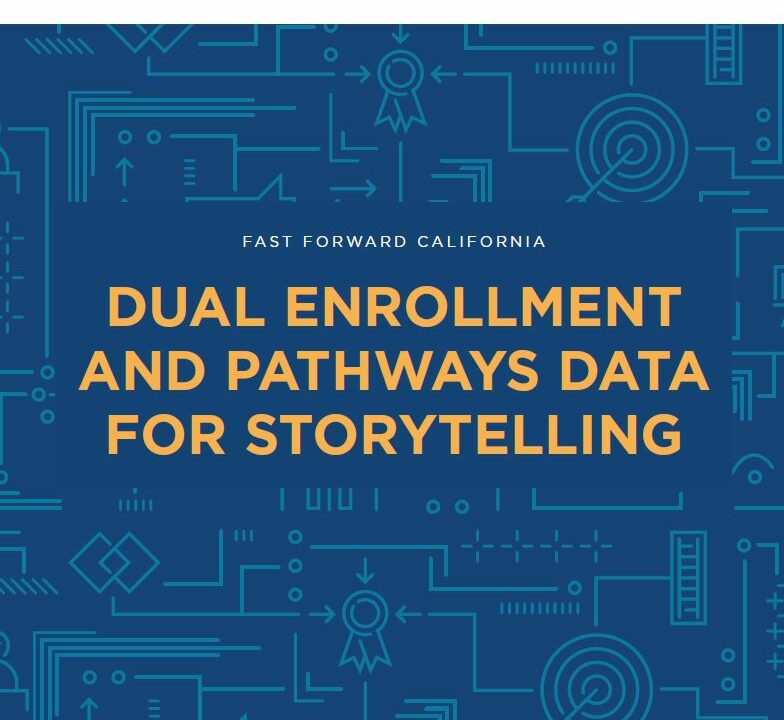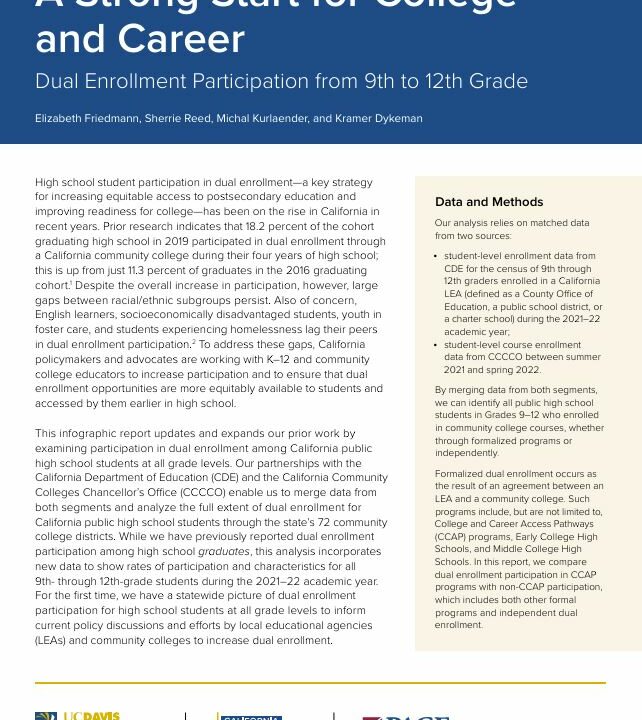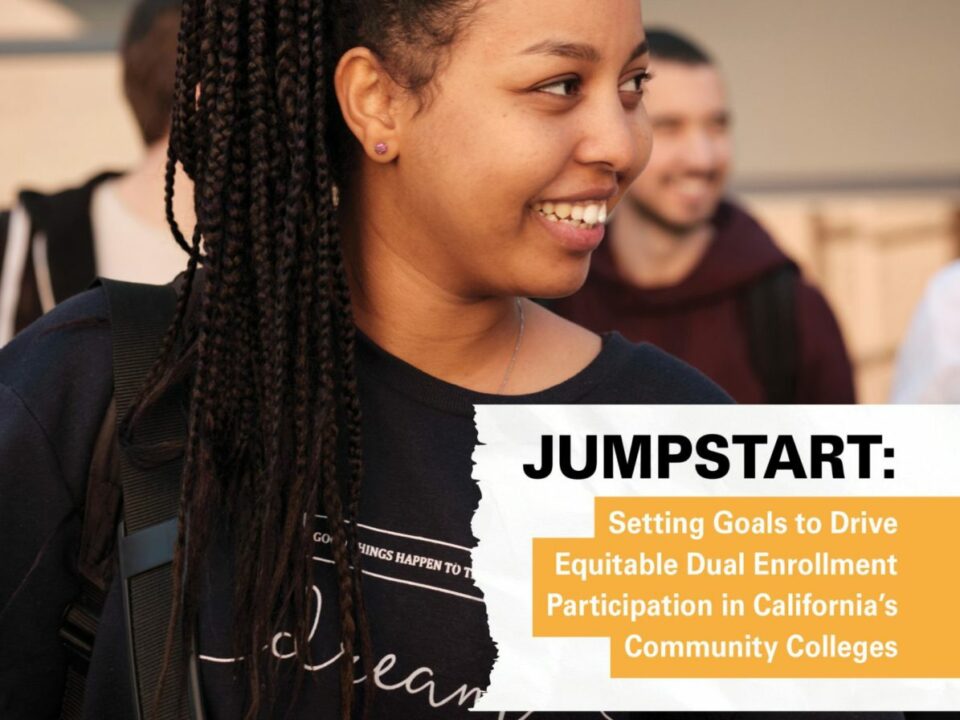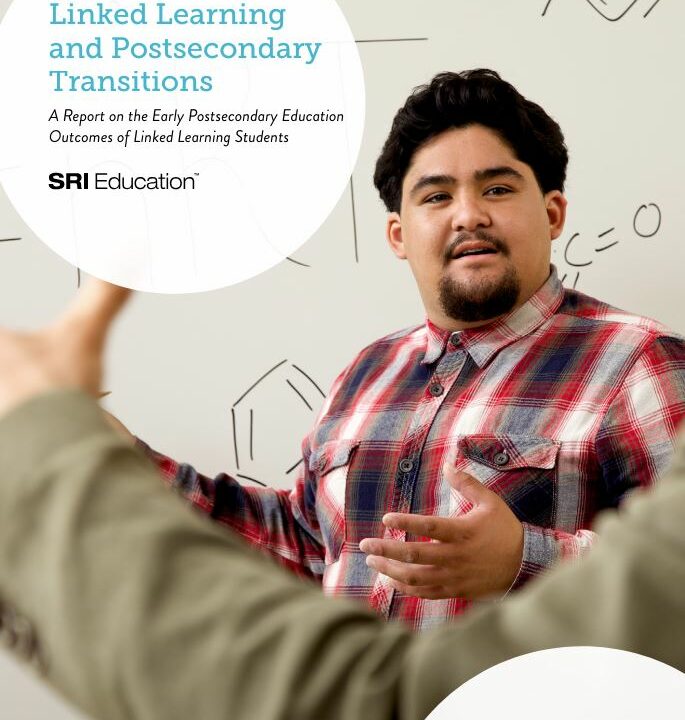The postsecondary data landscape in California provides critical insights into which students are accessing and completing postsecondary education in the state. Data on postsecondary dual enrollment specifically also provides key information on how these programs are helping to increase postsecondary access and completion rates for high school students. At the same time, data shows unacceptable disparities in access and enrollment across race, ethnicity, and geography. As a proven successful acceleration strategy, there is a strong evidence base that illustrates the power of dual enrollment to change the educational and economic trajectories of students. But we need sophisticated, current, and comprehensive data tracking technology as well as data sharing agreements and funding to continue making the case for dual enrollment.
The literature and research over the last two decades in particular have allowed the field to better understand nuances of effective dual enrollment program design and implementation as well as policy implications that can maximize the benefits of dual enrollment for students. In fact, the emphasis on including a minimum of 12 college credits in the Golden State Pathways Framework—for which Fast Forward California (FFCA) strongly advocated—was directly linked to the data supporting the positive impact this important threshold has on student outcomes.
FFCA aims to continue elevating and advocating for strong data collection policies, infrastructure, and funding. To this end, we’ve compiled important reports, research, and existing state and local databases and resources on dual enrollment in order to advance our statewide dual enrollment data agenda.
